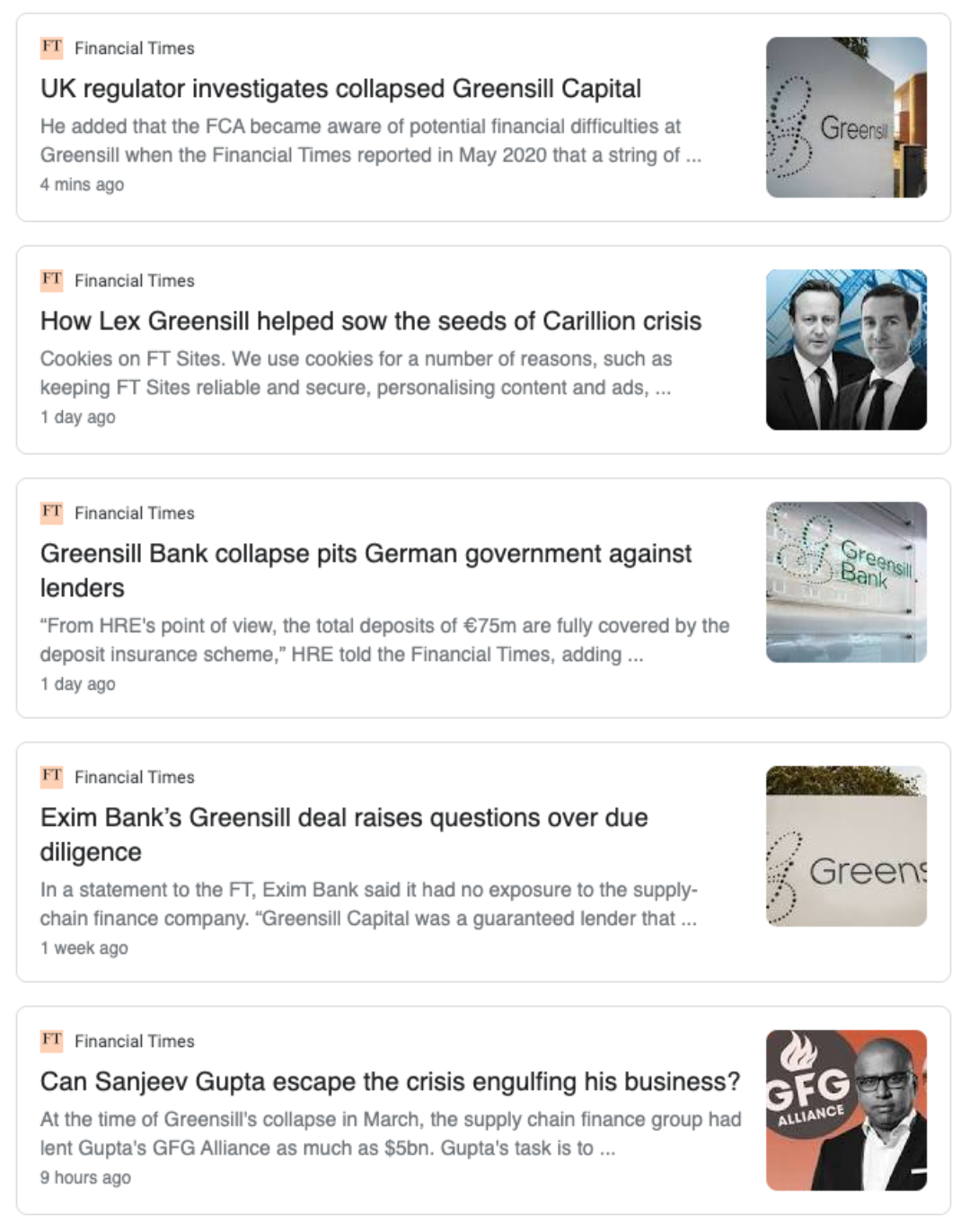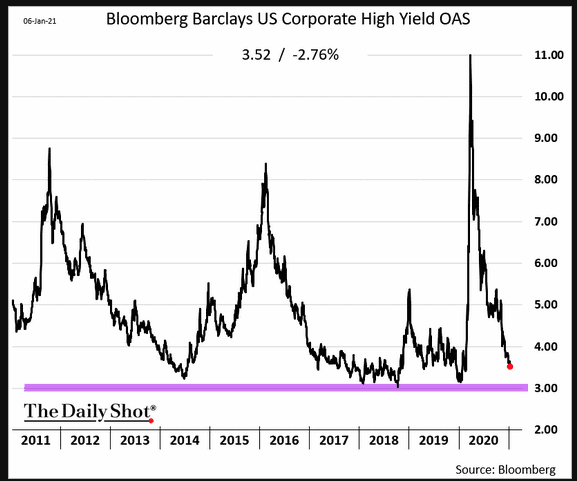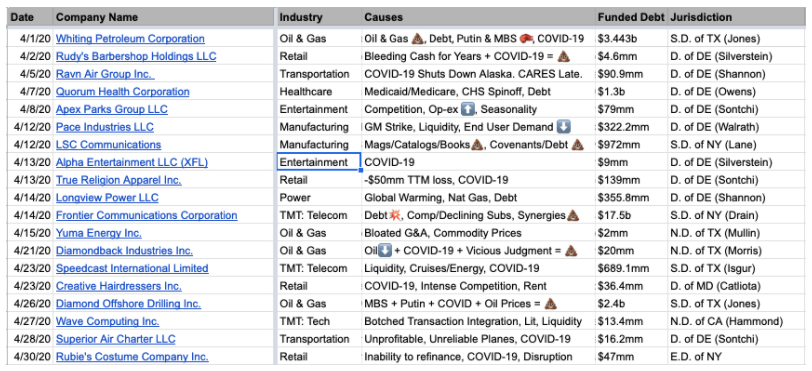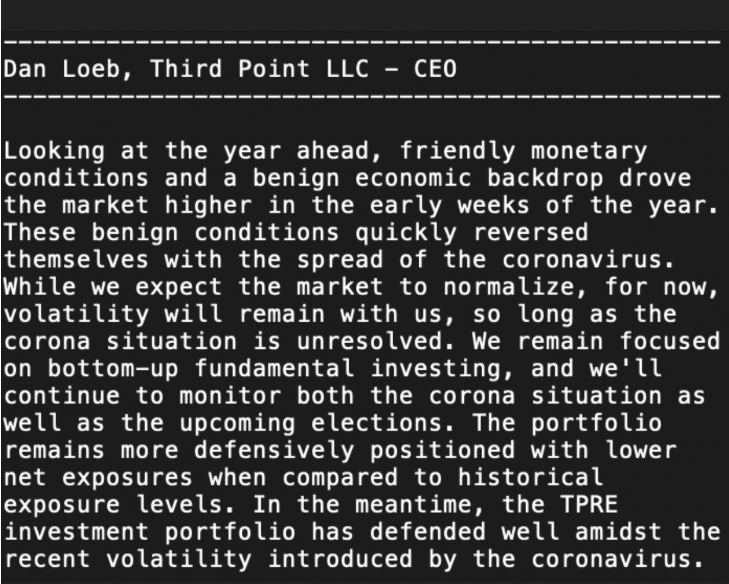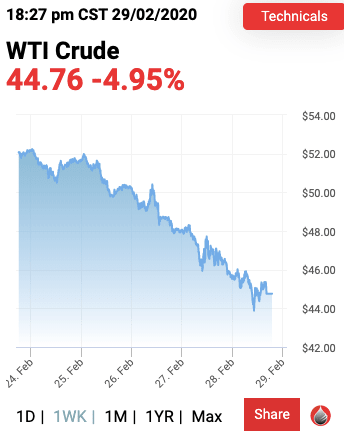💥Student Loans in America = a Hot Mess💥
Will bankruptcy courts solve a national crisis?
America’s student loan crisis shows no signs of abating.
A plot of loan debt growth over the past twenty-odd years shows a healthy upward trajectory, with the current number at a whopping $1.7t dollars, 90% of which is held by the U.S. government. For context, Americans owe more in student loans than they do in either credit card or auto loan debt.
Over 40% of outstanding debt was for graduate school students, as masters students end up taking on more than twice the debt of their undergraduate counterparts without the corresponding incomes needed to justify the degrees. Though some colleges have pledged to adopt “need-blind” admission policies to ensure their programs are affordable, these policies are only feasible for the most elite institutions with the largest endowments. Moreover, the recent pandemic-induced financial crisis — however short-lived it may have been for some segments of the economy — has had a disproportionate impact on low income, first generation, women, and minority students. Those saddled with prohibitive loan debt are less likely to start small businesses and spend on goods and services, foreclosing them from the activities that keep the gears of our economy running. Not to mention the psychological burden of carrying around a load of debt that never seems to get smaller. M.H. Miller writes for The Baffler:
After ten years of living with the fallout of my own decisions about my education, I have come to think of my debt as like an alcoholic relative from whom I am estranged, but who shows up to ruin happy occasions. But when I first got out of school and the reality of how much money I owed finally struck me, the debt was more of a constant and explicit preoccupation, a matter of life and death.
Politicians are finally chipping away at the problem, albeit in small chunks. Congress recently agreed to cancel around $6b in student loans for borrowers that have a total and permanent disability. Recognizing the live nature of the issue, progressive democrats have called for cancellations of up to $50k in loan debt as a starting point.
Though the Biden administration campaigned in support of cancelling up to $10k in loan debt (one of the more moderate positions among the ‘20 Democratic presidential candidates), it has so far settled for just rolling a loan repayment freeze through May 1, ’22 (and that came at the 11th hour). It’s questionable whether President Biden has the legal authority to cancel student loans without explicit Congressional authorization, and well, we know there hasn’t been any love lost between the President and the moderate Senators he’d need to corral for any cancellation bill to make it through Congress.
Student Loans in Bankruptcy
Millions of debtors unable to pay back their loans, without any government relief in sight? Seems like yet another scenario where the bankruptcy courts can fill a void left by Congress.
But not so fast.
Since 1976, federal student loan debts have faced barriers to the traditional bankruptcy discharge available to other debtors, purportedly to protect taxpayers from footing the bill for savvy Americans who earned their degrees and then quickly used the discharging powers of the bankruptcy court to cleanse themselves of their student loans. Debtors were forced to wait at least five years after their loans were due to apply for a discharge. The law became progressively more prohibitive, as the waiting period was first extended to seven years before being eliminated altogether in 1990. Private loans were given the same treatment in 2005. Of course, the situation in 2005 was not nearly as dire: back then, student loans accounted for just 15% of a household’s non-housing debt. Now? It is 40% — it turns out that skyrocketing tuition inflation…
…and predatory loan servicers that made it as difficult as possible to repay loans are a killer combination. Indeed, the latter issue is/was so big that last week DE-based Navient Corp. ($NAVI), one of the nation’s largest private student loan servicers, entered into a $1.85b settlement with a coalition of (39) state AGs for steering borrowers into interest-accruing forbearance plans rather than enrolling them in low-cost repayment plans. As part of the settlement (which is still subject to court approval), Navient will cancel the loans of 66k borrowers — totaling $1.7b of loan forgiveness — and make another $95mm in payouts to the states. The loans impacted by the proposed settlement were all issued between 2002 and 2010 and have all since defaulted (PETITION Note: this seems like a nice move by Navient: it will cancel defaulted debt it likely would struggle to get paid back anyway and remove a meaningful litigation overhang in the process. This company is publicly-traded: the stock moved down just a tick on the news. Interestingly, the stock is up 37.3% over the past five years and 94.5% over the past year. It even pays a pretty good dividend which, considering the allegations, is a bit of a perplexing wealth transfer.).
The Undue Burden Exception
As anyone even remotely acquainted with the American legal system knows, however, every rule has its exception. In the case of student loans though, the exception is especially difficult to satisfy. Debtors seeking to discharge their student loans must first initiate an adversary court proceeding in bankruptcy court against the loan holder (the U.S. Department of Education if the loan is publicly held, or whatever deep pocketed student loan servicer if the loan is private). Debtors must then follow Bankruptcy Code § 523(a)(8) and meet the Brunner test — that is, prove an “undue hardship” amounting to what courts have called a “certainty of hopelessness.” Considering a majority of circuit courts have adopted this standard, it’s unsurprising that bankruptcy courts haven’t been able to provide much relief to debtors, worthy or not. As a result, just 0.1% of debtors with educational loans who filed for bankruptcy even attempted to discharge them. Successful discharges are newsworthy events — an aspiring lawyer who took out tens of thousands of dollars before failing multiple attempts at the bar was eventually granted a discharge (after a ten year long legal battle), but only after getting chewed out by a displeased district court that cited his wife’s lack of full employment as a reason not to discharge his loans. Considering the paucity of discharge attempts, success stories are few and far between.
Recognizing the need to unburden debtors from the yoke of their loans, a few courts have split from this test. Rather than requiring the misery-inducing “certainty of hopelessness” quoted above, the Eighth Circuit and some courts in the First Circuit evaluate the “totality of circumstances” in evaluating a debtor’s hardship. These types of balancing tests are more debtor friendly than the rigid, inflexible, conjunctive test used by most courts. Indeed, one study found that debtors in a circuit using the totality standard were more than twice as likely to secure a discharge. However, recent efforts by bankruptcy judges to shift to this more forgiving standard have been rebuffed, setting the stage for a circuit split.
So, what gives? What happens when two courts of equal stature disagree on something of such immense consequence? Well, first, an enterprising law student will probably write a law review note on it.
Then, hopefully, the all-powerful Supreme Court of the United States will weigh in to set a unifying standard. SCOTUS had a perfect chance to do just that in McCoy vs. United States, a 2021 case where a 62 year-old woman requested the discharge of over $300k of student loan debt incurred while pursuing her doctorate degrees. The case was closely watched by the bankruptcy bar, with various luminaries of the bar submitting amicus briefs and pushing the court to resolve the split. As it tends to do, the SCOTUS denied certiorari, dooming Ms. McCoy to her unfavorable circuit court ruling and keeping student loan debtors in the dark about the dischargeability of their loans.
The “Educational Benefits” Distinction
Student loan debtors and their industrious attorneys developed a new method to attack the dischargeability of their loans; they have recently argued that some loans issued by private lenders aren’t the type of loans that ought to be guarded by the Bankruptcy Code. At the risk of oversimplification, Bankruptcy Code § 523(a)(8) exempts three types of student loans from discharge: (i) federally backed loans, (ii) loans received as “educational benefits”, and (iii) “qualified educational loans” that fund only higher education expenses. Some debtors have taken the tack of arguing that their private loans don’t fit into the “educational benefits” bucket and so, are prone to discharge. The policy reasons for such a distinction hold water – after all, there’s no reason to coddle for-profit lenders who ended up making non-credit worthy loans. Last year’s Homaidan case lent credence to these theories. The Second Circuit ruled that the private loans a student incurred to attend undergraduate school were not “educational benefits” protected from discharge. Instead, loans would only qualify as “educational benefits” when they bore resemblance to conditional grants, such as when a football player receives a scholarship contingent on their continued play on the football team, or an ROTC student receives a stipend for remaining in the program for at least two years. Unfortunately, the court didn’t actually qualify the scope of the discharge exception, making it difficult for future debtors to model their case after this one. Other circuits have adopted a similar approach to private loans, including the Fifth Circuit and the Tenth Circuit. We have yet another circuit split, as, again, most other circuits hold that both public and private loans are non-dischargeable without the undue hardship exception.
SCOTUS again had a chance to resolve which (if any) private loans qualify for discharge in Conti v. Arrowhead Indemnity Co. and again, it left loanees in the lurch by denying certiorari. As a result, it’ll remain unclear to debtors whether they have a strong discharge case, though courts that have considered the issue evaluate the purpose for which the loan was taken (i.e. a loan that was taken out for living expenses may be eligible for discharge, while one that was taken out for textbooks may not be). Considering that this line of cases would impact only private loans, which constitute only 10% of the total student loan market, it’s debatable whether a favorable ruling is the relief that’s needed, anyway. Hello, Congress, anybody home?
Useless Congress: Want to Do Something for Once?
Has SCOTUS declined to weigh in because it sees Congress weighing the issue? Legislation to amend bankruptcy discharges has gotten as far as the “FRESH START through Bankruptcy Act” introduced, on a (surprisingly and rare) bi-partisan basis, by Senators Durbin and Cornyn in August of 2021. The bill would make federal student loans eligible for discharge ten years after the first payment is due. The Code could benefit from an update in this area, considering the current law was written when student loans were not nearly the issue they are today. In addition, the inflexible Brunner case was decided when courts allowed some discharges of student loans taken out 7 years after filing, implying it may need an update. The quiet legislative front since the introduction of the bill, however, portends that an amendment is not in the cards anytime soon.
As an alternative, the Biden administration has pledged to alter its enforcement against student loan debtors seeking to discharge their loan debts. As the creditor to most student loanees, the Department of Education is tasked with contesting bankruptcy discharges. It has traditionally used the rigid “certainty of hopelessness” standard to do so. As recent as October of 2021, Department officials testified before a House education subcommittee to acknowledge a need to reform the standard it uses. These changes have been backed in part by organizations including the American Bar Association, whose constituent lawyers leave school with an average of $138,500 in educational loan debt. For now, the department has agreed to any stay of proceedings requested by debtor plaintiffs until at least the student loan payment pause ends – once that expires in May though, it’s anyone’s guess as to what’ll happen. 🤔
It’s unclear whether bankruptcy courts retain a role in solving the student loan crisis. Chief Judge Morris’ attempt to do so in the Rosenberg case was rebuffed, and future attempts seem destined for the same fate. Until then, and barring a congressional solution, will we see opportunistic student loan debtors traveling across the country to file in slightly more favorable circuit courts? Any model plaintiffs out there?











